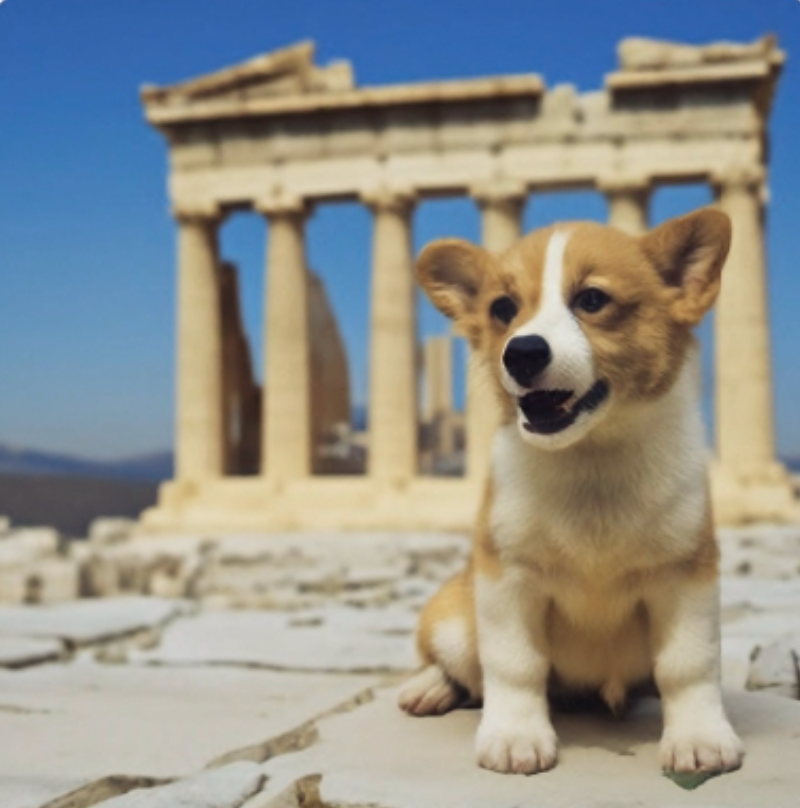replicate/dreambooth

Train your own custom Stable Diffusion model using a small set of images
Public
296.1K
runs